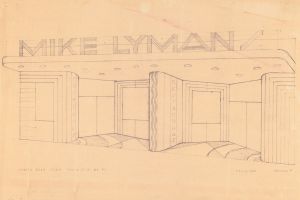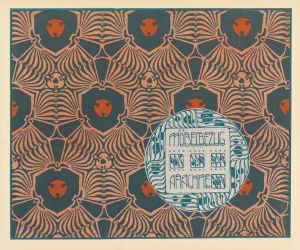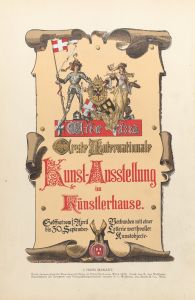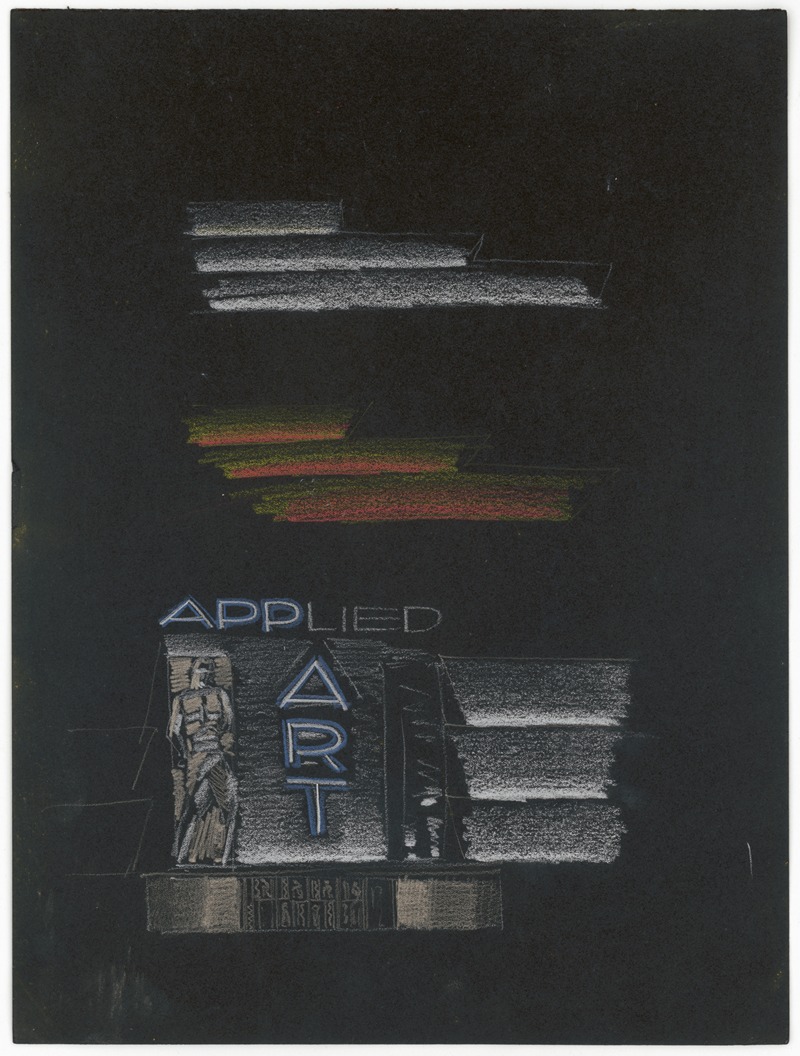
Designs for Exhibition of Applied Arts Building, New York World’s Fair, 1939.] [Study for front of the building
A hand-painted replica of Winold Reiss’s masterpiece Designs for Exhibition of Applied Arts Building, New York World’s Fair, 1939.] [Study for front of the building, meticulously crafted by professional artists to capture the true essence of the original. Each piece is created with museum-quality canvas and rare mineral pigments, carefully painted by experienced artists with delicate brushstrokes and rich, layered colors to perfectly recreate the texture of the original artwork. Unlike machine-printed reproductions, this hand-painted version brings the painting to life, infused with the artist’s emotions and skill in every stroke. Whether for personal collection or home decoration, it instantly elevates the artistic atmosphere of any space.
Winold Reiss, a German-American artist and designer, is known for his significant contributions to the field of decorative arts and his involvement in the 1939 New York World's Fair. One of his notable works for the fair was the "Designs for Exhibition of Applied Arts Building," which included a study for the front of the building. This work reflects Reiss's distinctive style, which often combined elements of modernism with vibrant colors and intricate patterns.
The 1939 New York World's Fair, held in Flushing Meadows-Corona Park, Queens, was a monumental event that showcased the theme "The World of Tomorrow." It aimed to present innovative ideas and futuristic concepts in various fields, including technology, transportation, and the arts. The fair attracted millions of visitors from around the world and featured numerous pavilions and exhibits designed by leading architects and artists of the time.
Reiss's involvement in the fair was part of a broader movement to highlight the importance of applied arts in modern society. The Exhibition of Applied Arts Building was intended to showcase the integration of art and design into everyday life, emphasizing functionality and aesthetic appeal. Reiss's design for the building's front was a study that explored these themes through a modernist lens.
Winold Reiss was born in 1886 in Karlsruhe, Germany, and immigrated to the United States in 1913. He brought with him a European sensibility that he combined with American themes, creating a unique artistic style. Reiss was particularly known for his portraits, murals, and interior designs, which often featured bold colors and geometric patterns. His work was influenced by his interest in diverse cultures, and he frequently depicted Native American and African American subjects with dignity and respect.
For the 1939 World's Fair, Reiss's design work was characterized by a modernist approach that sought to harmonize form and function. His study for the front of the Exhibition of Applied Arts Building likely included elements such as streamlined forms, abstract motifs, and a dynamic use of color. These design choices were in line with the fair's overarching theme of progress and innovation.
Reiss's contribution to the fair was part of a larger trend during the early 20th century that saw artists and designers playing a crucial role in shaping public perceptions of modernity. The 1939 World's Fair was a platform for showcasing how art and design could enhance the quality of life and contribute to a more optimistic vision of the future.
While specific details about the study for the front of the building are limited, Reiss's overall body of work provides insight into his artistic philosophy and the impact of his designs. His participation in the fair underscores the importance of the applied arts in the cultural and social landscape of the time.
Winold Reiss's legacy continues to be celebrated for its innovative approach to design and its emphasis on cultural diversity and artistic expression. His work for the 1939 New York World's Fair remains a testament to his vision and creativity in the realm of applied arts.





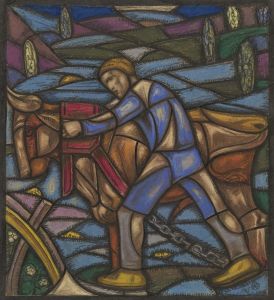
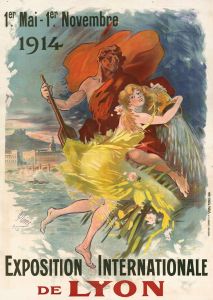
![[Design drawing for Manhattan House Longchamps Restaurant, corner of 3rd Avenue and 65th Street, New York, NY.] [Study for mosaic front](/imgs/249260/s/winold-reiss-design-drawing-for-manhattan-house-longchamps-restaurant-corner-of-3rd-avenue-and-65th-street-new-york-ny-study-for-mosaic-front-441f1ed6.jpg)
![[Design for mural in unidentified bar or restaurant.] [Study for mural]](/imgs/249261/s/winold-reiss-design-for-mural-in-unidentified-bar-or-restaurant-study-for-mural-93fd9e8e.jpg)
![Design drawings for miscellaneous interiors, some possibly related to the Hotel St. George, New York, NY.] [Sketch for miscellaneous interior .](/imgs/249277/s/winold-reiss-design-drawings-for-miscellaneous-interiors-some-possibly-related-to-the-hotel-st-george-new-york-ny-sketch-for-miscellaneous-interior--6b46aedb.jpg)
![Designs for lamps with triangular shades.] [Design with white, red, and metallic silver](/imgs/249315/s/winold-reiss-designs-for-lamps-with-triangular-shades-design-with-white-red-and-metallic-silver-40bb661.jpg)
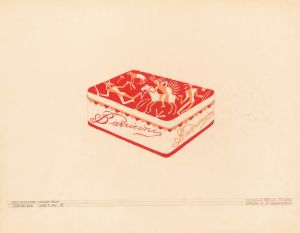

![Designs for theater with black-framed proscenium and boldly colored settings.] [Study for stage light wall decoration, possibly for Caf ̌Crillon ..](/imgs/249418/s/winold-reiss-designs-for-theater-with-blackframed-proscenium-and-boldly-colored-settings-study-for-stage-light-wall-decoration-possibly-for-caf-crillon--5ac7a006.jpg)
![Designs for theater with black-framed proscenium and boldly colored settings.] [Study for stage light wall decoration, possibly for Caf ̌Crillon](/imgs/249423/s/winold-reiss-designs-for-theater-with-blackframed-proscenium-and-boldly-colored-settings-study-for-stage-light-wall-decoration-possibly-for-caf-crillon-5f9976e0.jpg)
![Miscellaneous small sketches for inlaid table tops.] [Design with orange and yellow geometric motif](/imgs/249438/s/winold-reiss-miscellaneous-small-sketches-for-inlaid-table-tops-design-with-orange-and-yellow-geometric-motif-9009d68a.jpg)
